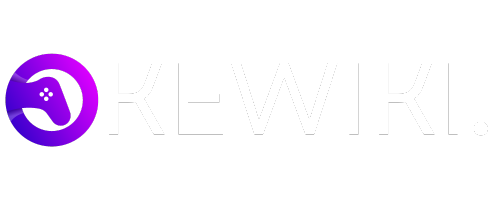The Colemak layout is an alternative keyboard layout designed to improve typing efficiency and reduce strain on the fingers. It was created by Shai Coleman in 2006 and has gained popularity among touch typists who are looking for a more ergonomic and efficient typing experience.
The Problem with QWERTY
Before we delve into the specifics of the Colemak layout, it’s important to understand the limitations of the traditional QWERTY layout. The QWERTY layout, which is the standard keyboard layout used in most English-speaking countries, was designed in the 19th century for mechanical typewriters.
While the QWERTY layout is familiar to most people, it has several shortcomings. One of the main issues is that it was not designed with efficiency or ergonomics in mind. The layout was actually designed to slow down typists in order to prevent mechanical typewriters from jamming.
The Colemak Layout
The Colemak layout addresses the limitations of the QWERTY layout by rearranging the position of certain keys. The goal of the Colemak layout is to minimize finger movement and maximize typing efficiency.
The Colemak layout retains most of the QWERTY layout’s letter positions, so the learning curve for touch typists is relatively small. However, there are a few key changes that make a big difference in terms of typing speed and comfort.
Key Changes in the Colemak Layout
One of the main changes in the Colemak layout is the position of the “A” key. In the QWERTY layout, the “A” key is located on the left side of the keyboard, while in the Colemak layout, it is moved to the middle row, making it easier to reach.
Another significant change is the position of the “E” key. In the QWERTY layout, the “E” key is located on the top row, but in the Colemak layout, it is moved to the home row, which is the row where the fingers naturally rest.
Other changes include swapping the positions of the “D” and “H” keys and moving the “G” key to the right side of the keyboard.
Benefits of the Colemak Layout
The Colemak layout offers several benefits over the traditional QWERTY layout:
- Improved Typing Speed: The Colemak layout is designed to reduce finger movement, which can lead to faster typing speeds once you become accustomed to the layout.
- Reduced Strain: By minimizing finger movement and placing commonly used keys on the home row, the Colemak layout can help reduce strain on the fingers, wrists, and forearms.
- Easy Transition: If you are already a touch typist using the QWERTY layout, transitioning to the Colemak layout is relatively easy. Many touch typists report that they were able to achieve their previous typing speed within a few weeks of switching to Colemak.
- Compatibility: The Colemak layout is compatible with most operating systems, so you can easily switch to Colemak on your computer or laptop.
Learning Colemak
If you are interested in learning the Colemak layout, there are several resources available to help you get started. There are online tutorials, typing practice programs, and even physical keyboard stickers that can help you transition to Colemak.
It’s important to note that learning any new keyboard layout requires time and practice. While the initial learning curve may be steep, the long-term benefits of improved typing speed and reduced strain make it worthwhile for many touch typists.
Conclusion
The Colemak layout is a modern alternative to the traditional QWERTY layout. By rearranging key positions and minimizing finger movement, the Colemak layout offers improved typing efficiency and reduced strain on the fingers. If you are a touch typist looking to enhance your typing experience, the Colemak layout may be worth considering.



